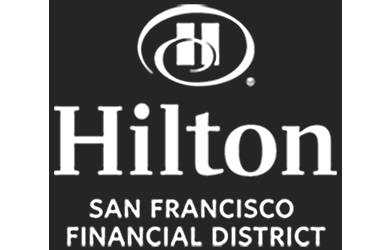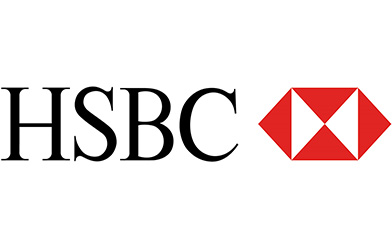Between 1865 and 1869, about 15,000 of Chinese migrants toiled at a grueling pace and in perilous working conditions to help construct America’s First Transcontinental Railroad. The Chinese Railroad Workers Memorial Monument Project seeks to give a recognized solemn tribute to the Chinese migrants who lost their lives laboring on the Transcontinental Railroad, which shape the physical and social landscape of the American West.
In 1865, Charles Crocker needed thousands of workers to begin work on the Central Pacific Railroad portion of the construction of the first transcontinental line in North America in order to meet a Congressional time mandate. He proceeded to recruit workers in Southern China who took part in the construction project that culminated in 1869 with Leland Stanford driving in the famous “golden spike” to complete the line. This Project’s goal is to bring greater national education and tribute to the Chinese workers who played an absolutely central role in building the infrastructure that linked the East Coast to the West Coast of the U.S.

The Chinese Railroad Workers are one of a few pioneers that do not have any significant monument that pays tribute to their work and lives lost while working in the harsh Sierra’s mountain ranges.
Located at a rest stop off Interstate 80, at Dutch Flats, near Gold Run, the Placer County Historical Society placed a marker where the Chinese workers first started working on the Transcontinental Railroad. With the full support of the PCHS, our new Monument will replace the large rock, that the organization place in 2009, as seen in the below photo.

In 2015, two major events took place. Stanford University organized a major conference and public photo exhibits commemorating the 150th anniversary of the Chinese Railroad Worker.
With an aggressive timeline, our Task Force goal is to also have a ribbon cutting of the new CRRW Memorial Monument in the Sierras in 2017, two years before the 150-year celebration of the completion of the Transcontinental Railroad. This location will be the future landmark of historical tours to educate the general public about the Chinese Railroad workers.

Artist Search
- Startup funding was approved 2/24/2014 based on the proposal below.
- The Chinese Historical Society of America in San Francisco is our project non-profit fiscal agent.
- CRRW Memorial Monument & Donor Wall Construction Budget: $400,000
Funding for the Artist search has already been graciously advanced by a notable non-profit organization. The budget will be used to cover the costs for a Project Administrator who will research, organize and prequalify the Artist outreach. Selected artists will be asked to submit portfolios that will be submitted to a selection of qualified community panelists before an assigned deadline. The panel will then score each of the artists 1- 10 (1=low score) on the following criteria:
- Artistic Excellence
- Appropriateness of the artist’s work for the site
- Their knowledge of the Chinese Railroad Workers history
- Past experience using the raw material necessary that will withstand the harsh elements of the site location.
Voting will yield two artist finalists that will be given a budget of $4,000 each to create a 2 or 3D artwork their visions for final selection by the Executive Task Force and the Art Selection Committee.
Use of Funds
- $2,500 Administrator
- $1,500 Related expenses, postage, research, incidentals
- Winning artist mockup material budget: $4,000 Artist One, $4,000 Artist Two
- $3,000 miscellaneous
- Expenses CRRW Memorial Monument & Donor Wall Construction: $400,000
Voting will yield two artist finalists that will be given a budget of $4,000 each to create a 2 or 3D artwork their visions for final selection by the Executive Task Force and the Art Selection Committee
Method of Funds
(Ongoing) National Fundraiser Campaign began in June 2014 to raise the $400,000 proposed budget for the actual Memorial Monument project. The Project Committee will select and create a National Fund Raising Sub Committee, which will have five working branches:
- Global, national and local non-profits
- Corporate donations
- Corporate legacy funds
- Private family foundations
- Web-based group funding website, such as GoFundMe.com, Facebook and Twitter, add the YouTube video to a donation page, T-shirt sales, promotions, etc.
To see how you can contribute to our cause,
get our complete information media kit









